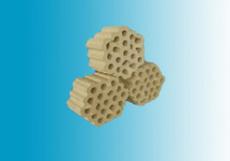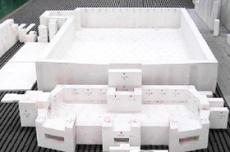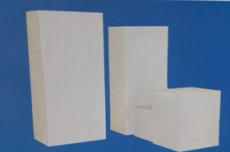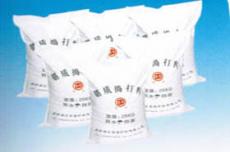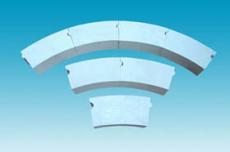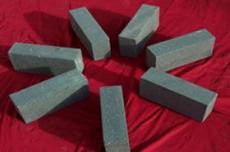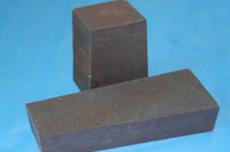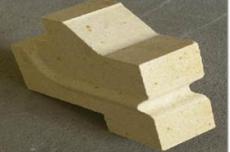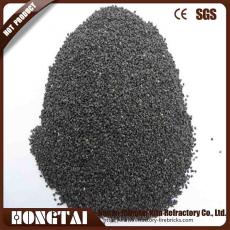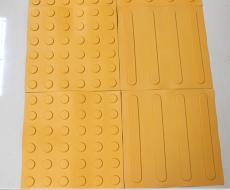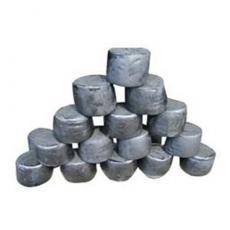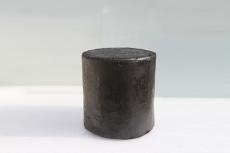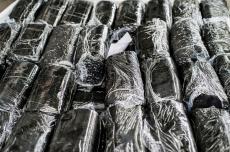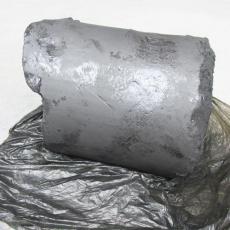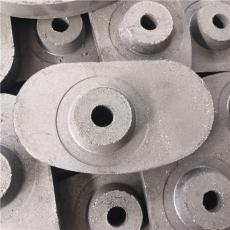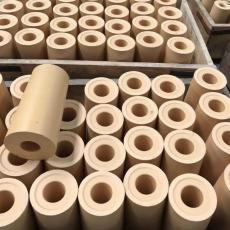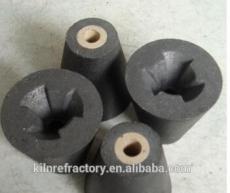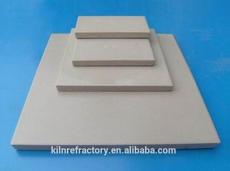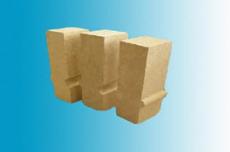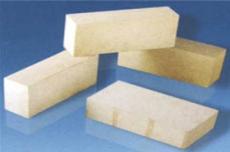
 Hongtai news service platform contains massive information, and is the true reflection of hot news. You can search for news events, product knowledge, company news, industry news, and technology report, quickly understand the latest progress of the refractory industry. Hongtai News, progressive forces...
Hongtai news service platform contains massive information, and is the true reflection of hot news. You can search for news events, product knowledge, company news, industry news, and technology report, quickly understand the latest progress of the refractory industry. Hongtai News, progressive forces...
01 Working pool
Pool wall: The operating temperature is 1300~1450℃, and fused α-Al203T.C or fused AZS (oxidation method) bricks are selected. Selection basis: less ...
Low-cement and ultra-low-cement castables are an important type in the field of refractory materials. They are characterized by a significant reduction in cement content, thereb...
This area roughly includes the entire upper structure of the melting pool itself, plus the small furnace neck, but does not include the regenerator or any regenerator refractory...
Phosphate brick
Both phosphate brick and high alumina brick can be used in lime kiln lining. If it is a calcining zone, phosphate brick is more suitable for this area...
Characteristics and application scope of silicon nitride bonded silicon carbide bricks Silicon nitride bonded silicon carbide bricks, as an advanced refractory material, have sh...
Refractory materials and carbon materials for aluminum electrolytic cells
Aluminum electrolytic cells are the main thermal equipment for aluminum electrolytic product...
During the long-term operation of glass melting furnace, due to the atmosphere and high temperature impact in the furnace, the refractory lining in the furnace is prone to loss....
Causes of damage to ladle refractory materials
1. Ladles are used to transport high-temperature molten steel. During transportation, high-temperature molten steel and...
